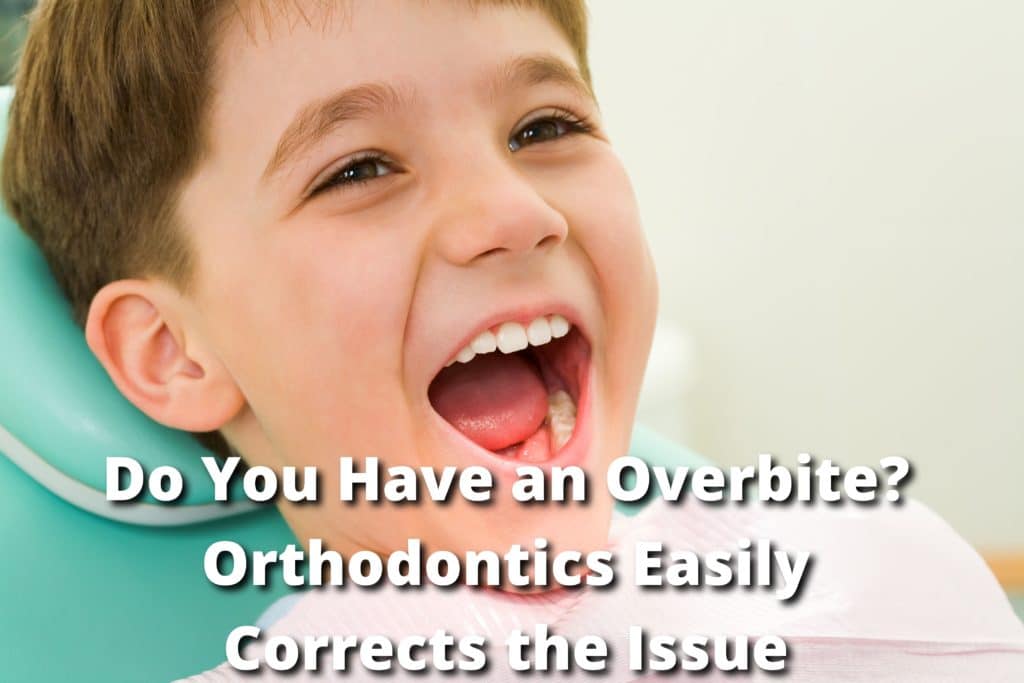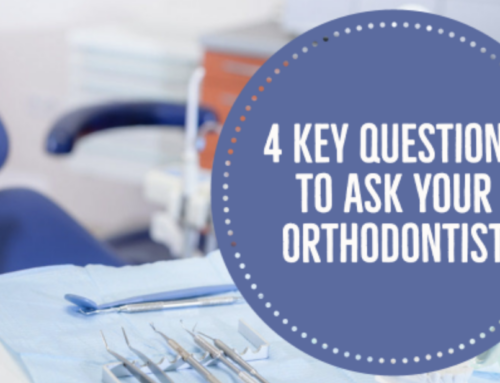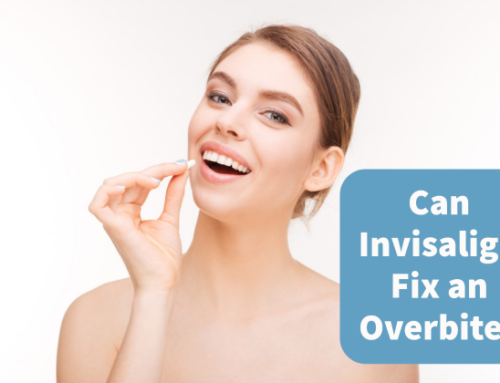
An overbite is the second most common reason for getting braces along with aesthetics. Overbites are common conditions where the upper portion of your jaw is misaligned over your lower jaw. This causes upper front teeth to extend beyond lower front teeth.
If you have an overbite, it may be slight and not even require treatment. However, if your overbite is significant, and your upper dental arch goes too far over your lower teeth, it’s time to visit with an orthodontist. Orthodontists will thoroughly examine your overbite and recommend orthodontic treatment to fix the problem.
What Causes an Overbite?
Malocclusions, or overbites, are sometimes due to hereditary conditions. They may also be caused by the malformation of the jaw. Malformations for children occur due to bottle feeding, thumb sucking, or prolonged pacifier use as a child.
Overbites are typically caused in adults when they chew on things such as their fingernails, cigars, or ice. Adults may grind their teeth extensively which can also cause an overbite. TMJ, temporomandibular joint dysfunction, is another factor to consider, as well.
There Are Different Types of Overbites
An overbite can be vertical or horizontal. When there is a significant overlap of top teeth over bottom teeth you have a horizontal overbite. Top teeth that protrude over your bottom teeth, you have a vertical overbite. Either type could be caused by dental conditions including crowding or a skeletal issue with your jaw. Regardless of which type you may have, an overbite that is significant can cause you to experience problems including:
- Jaw Pain
- Increased Chance of Tooth Decay
- Increased Wear and Tear on Tooth Enamel
- Increased Chance of Gum Disease
- Short and Round Face Shape
- Slurred Speech
- The Chin Seems to Be too Small for the Face
- Low Self-Esteem
- Unhappiness with Your Face and Smile
Is Orthodontics Really Necessary?
How do you feel about having food trapped between your teeth and getting more cavities because crowded teeth are difficult to clean? Gum disease and worn enamel occur when overcrowded teeth rub against one another or your gums. Furthermore, an overbite can cause pain, sleep apnea, severe headaches, as well as discomfort while you eat. Speaking with orthodontists about treatment can eliminate all of those negative health concerns.
Braces Can Treat Most Overbites Successfully
Getting affordable braces for an overbite involves having metal brackets fastened to your teeth. Those brackets are then connected with wire to straight them. Once your teeth are straight, then orthodontists can fix your overbite.
Coils, springs, and rubber bands are then added to your braces to gently shift your jawline with the use of additional force. Your orthodontist will discuss all of your options concerning traditional braces. Orthodontic treatment using braces for an overbite may take six months to two years.
Invisalign May Be an Option
If improperly aligned teeth are causing your overbite, you may be able to use Invisalign as an effective treatment. Top orthodontists know how to tell if this option will be good for you after examining your teeth.
Invisalign uses a series of transparent trays molded to fit over your teeth. Each set of trays in the series are worn for up to two weeks. Subsequent aligners increase force to align crooked teeth and straighten them.
You Are Never Too Young or Old to Treat an Overbite
Overbite treatment starts with a visit to orthodontists no matter your age. It is a good idea to be treated as early as possible, however. Children should see an orthodontist for a checkup at the age of seven so overbite issues can be caught early. Adults should visit for regular checkups every six months.
Request an Appointment
Outstanding orthodontists offer a range of appointment times that easily fit busy schedules. Make an appointment for a free orthodontic consultation today with Nowlin Orthodontics. You won’t be disappointed with their care while transforming your smile.



